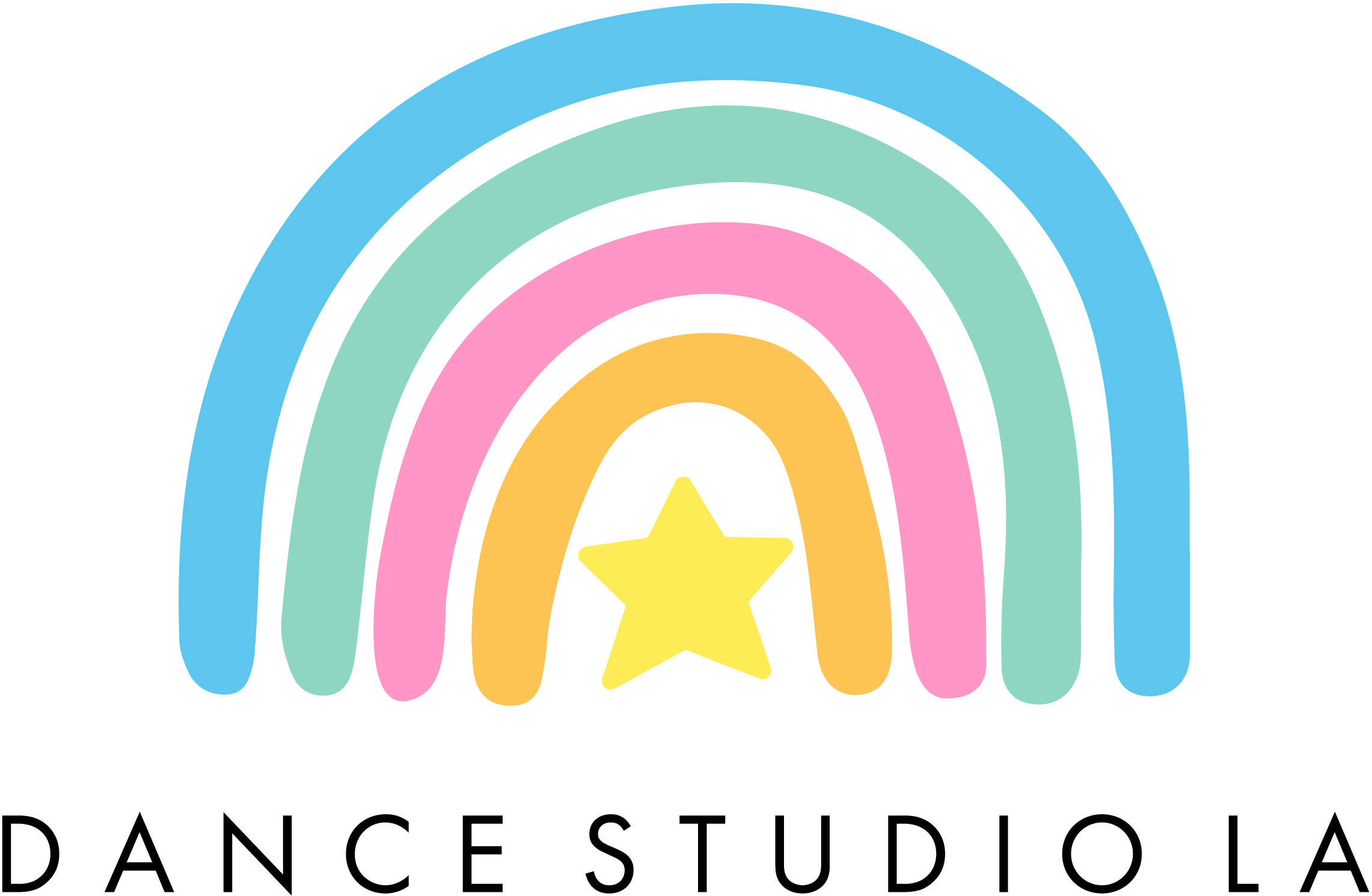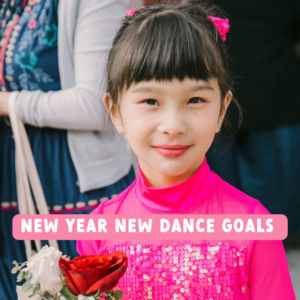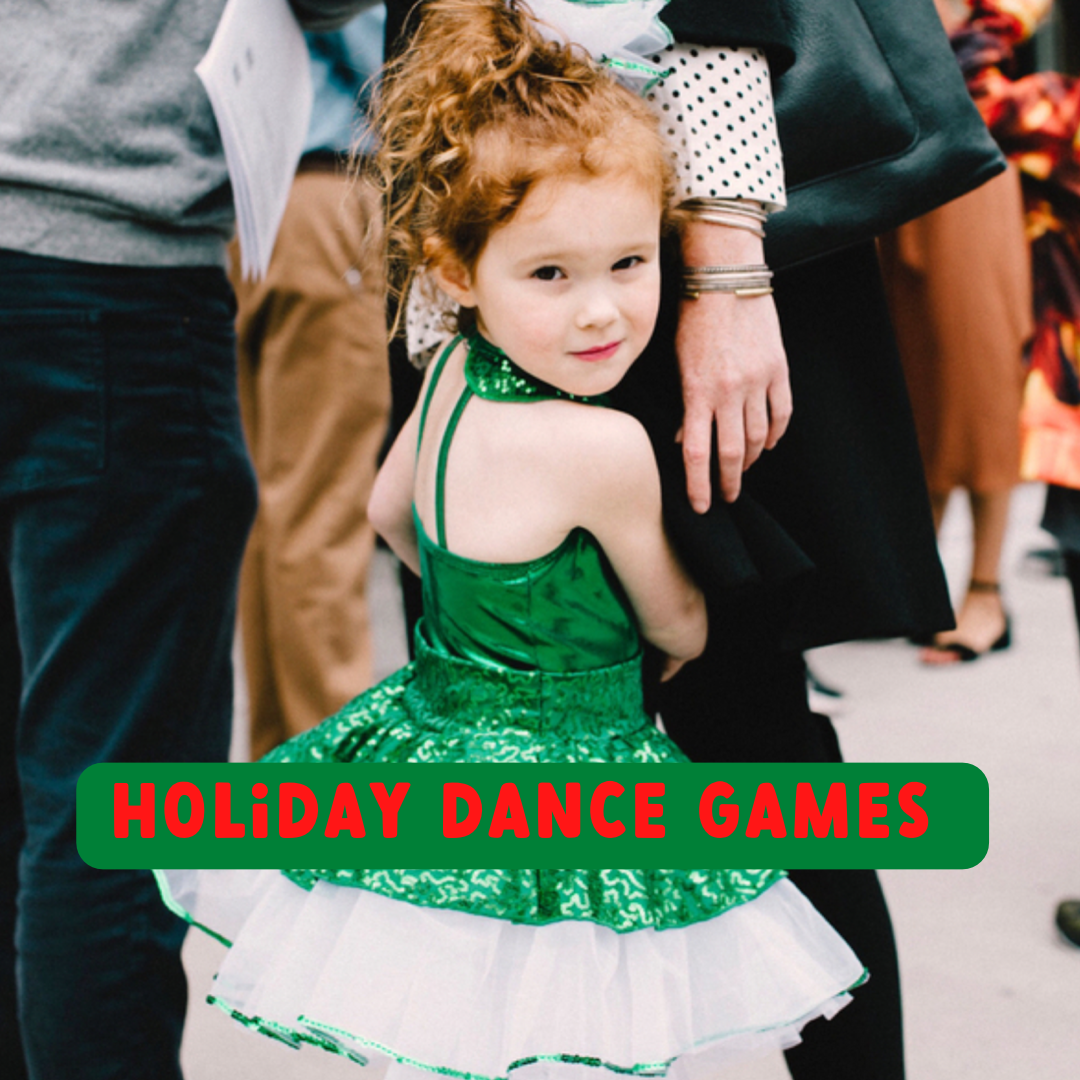SPREADING KINDNESS IN THE NEW YEAR
A lot of the new year is focused on ways to improve ourselves, and what a better way to do just that than by spreading kindness. You never know how far you small acts can go for someone else!
Below we will dive into 3 simple ways to spreed kindness this year❤️
LET SOMEONE KNOW YOU APPRECIATE THEM!
Words hold a lot of power. All it takes is a few simple words to lift someone’s day. Your friends and family know you love them, but hearing it more often will never be a bad thing. That goes for other people that you come across in your every day life as well. Whether it’s barista or your teacher at school let them know you appreciate the task they have done for you in that moment, or just in general. The 💪🏼 behind a “THANK YOU” is immense!
DO A FAVOR WITHOUT ASKING FOR ANYTHING IN RETURN
Think of someone who goes above and beyond for you. Could be a parent or guardian. The teachers you see everyday or an older sibling. They do many things for you because they truly care. What could you do for them? Something that makes their day easier of course! You can make sure you room at home or work space as school is always clean. It could alleviate some of their everyday stressors, and give them one less thing to worry about. If you are the older sibling try helping out with your smallest family member once in a while. Any big or small task to make the day easier for the person you care about will go further than you may think. The 🔑 is NOT as for something in return for the favor you gave!
SMILE
Look people in the eyes when you give them a grin. This is such a simple way to spread kindness, and it’s another freebie! Be generous with your smile and put feeling into it. Smile at cashiers, waiters and baristas, mail carriers, and other people you come in contact with. This easy gesture can brighten people’s day. ☀️





